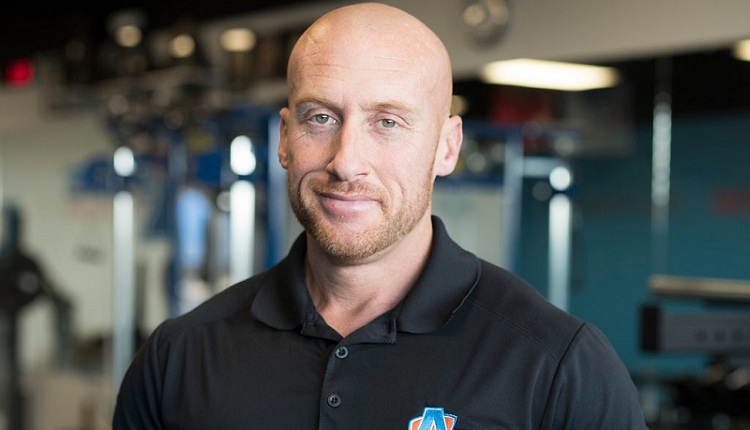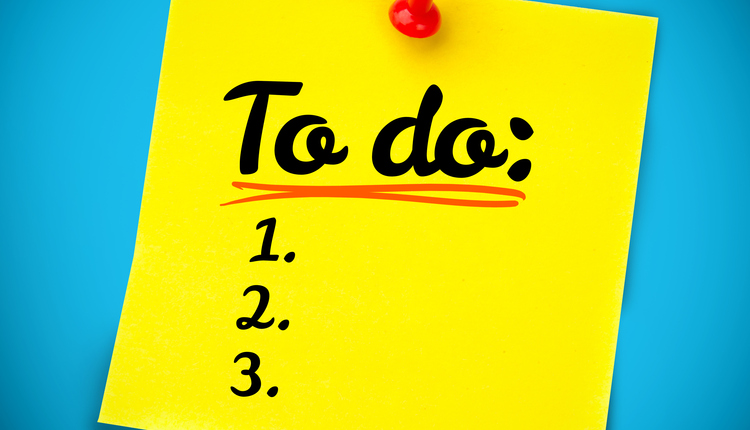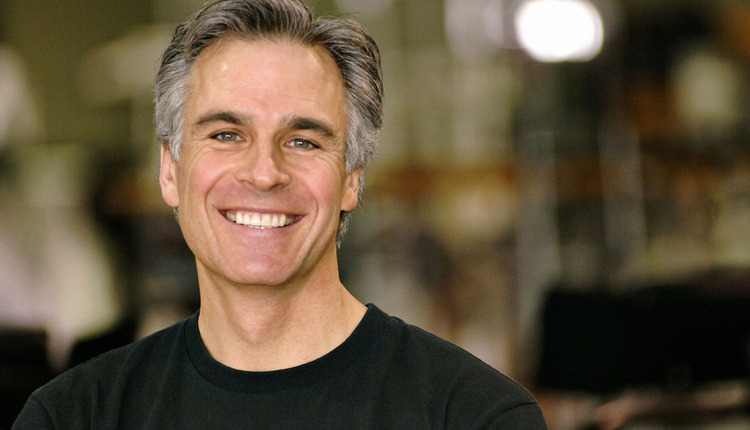Dale Carnegie once said, "Whendealing with people, remember you are not dealing withpersons of logic, but rather persons of emotions."How true is this statement when it comes topersonal training? Every day each trainer is presentedwith several clients full of emotions from their work, homelives, past failures in exercise, and mostimportantly, from their own self images and perceptionsof themselves. We all have had the "I can eatwhat I want" client, the "I always have toreschedule" client or my personal favorite, the "I'malways late" client. Every day each trainer struggles with theemotions of their clients, but most importantly,managing their own.
So the question is, how do we betterunderstand the world around us and the world in front of us as well asunderstand what our clients are feeling? How do we better understand theirsituations, possibly be more empathetic and be able to pull the best out of everyclient? The answer is Emotional Intelligence (sounds like an oxymoron, doesn'tit?). By definition it means to be intelligent about other people's emotions. For usas trainers, it means being able to understand our clients better as well as tomotivate them to achieve their fitness goals.
Have you ever had a client that won'ttalk to you? Maybe someone that seems to always hide their feelings?Possibly a client that continues to give you every excuse why THEY can't loseweight and continue to look to you for the magic pill. Their insecuritiesand emotional walls can all fall down by building relationships anddiscovering how they need to be motivated. In order to have a successfulclient-trainer relationship, you need five things:
1. Respect
2. Shared Experiences
3. Trust
4. Reciprocity
5. Mutual Enjoyment
To be a successful trainer, you needto get away from the idea that your relationship with your client is basedon the results of your workout. By working to develop an understanding oftheir clients' emotions, trainers can build long-term relationships withtheir clients. Now, how do you apply this to your clientele? Very simple, firstthings first, read their body language.
Eighty percent of all humancommunication is non-verbal. For instance, when you meet a client for the firsttime, what does their handshake say about them? Did they squeeze your handtight? Did they shake it and not let it go? Or did they not want to shake it at all?You can tell a lot about a person simply by their handshake. A person that wantsto be dominating, like a bull, will squeeze your hand almost as if they want tobreak it. That should tell you a lot about their personality as well as theiremotions. A person that does not want to shake your hand at all, like a lamb, shows alack of confidence in themselves and is intimidated to be in a gym setting.This is great information for a trainer to know. Remember, we are in therelationship and motivation business; in order to do those two things, we need toknow as much as possible about our clients.
Several years ago, I trained a clientthat came in just to lose 20 pounds but from the onset was very guarded andreserved. When we sat down for the evaluation, she never looked me in theeye and her shoulders were slumped over. Given my attention to bodylanguage, I knew this client was here for much more than just losing 20 pounds.If I was going to motivate her, I needed to find out as much about heras possible. Upon doing the usual measurements and body weightassessment, my client looked uncomfortable and frightened. At that point, I knewsomething was wrong. I stopped the evaluation immediately and we wenton about our workout.
By reading her body language and herfacial expressions, I could tell she lacked confidence and was intimidatedby me as a trainer. To combat this, every workout was done in the mostmotivating, encouraging way possible. I sent emails after each workout and gave herworkouts to do while I wasn't with her. After one month, the client pulled measide and asked to speak with me in private. She went on to say she was bulimic andsuffered from depression, and the only positive thing in her life wasme. She thanked me for recognizing her lack of confidence and enthusiasm forliving. She achieved all of her goals and made a huge recovery with her personalissues. All because I used emotional intelligence to read her body language and adjustour workouts accordingly.
It is important for trainers todistinguish body language when something is upsetting their client by recognizingthings that are displeasing them (hopefully it is not their trainer!). These areskills that are valuable to someone that is trying to motivate their client to achievetheir fitness goals. It is important to have the knowledge to help a client loseweight, but it is more important to be able to motivate the client to do so.Emotional intelligence and the understanding of what our clients are experiencing ispriceless and will help every trainer become the best trainer they can be and getthe most out of their clientele.
When handling other people's emotions,you need to first be able to influence them positively. This comes with timeand experience. Next, communication is key. Being able to recognize theemotion and communicate that to the client is vital. Lastly, the recognitionof the emotion and being the catalyst for the change is paramount. We make ahuge difference in each client's life when we understand them better and canempathize with their situation.
Josh Bowen, BA,CSCS*D, NSCA-CPT*D is the Quality Control Director ofPersonal Training for Urban Active. He manages400 plus personal trainers in six states. To learn moreabout Urban Active, please visit www.urbanactive.com.

















